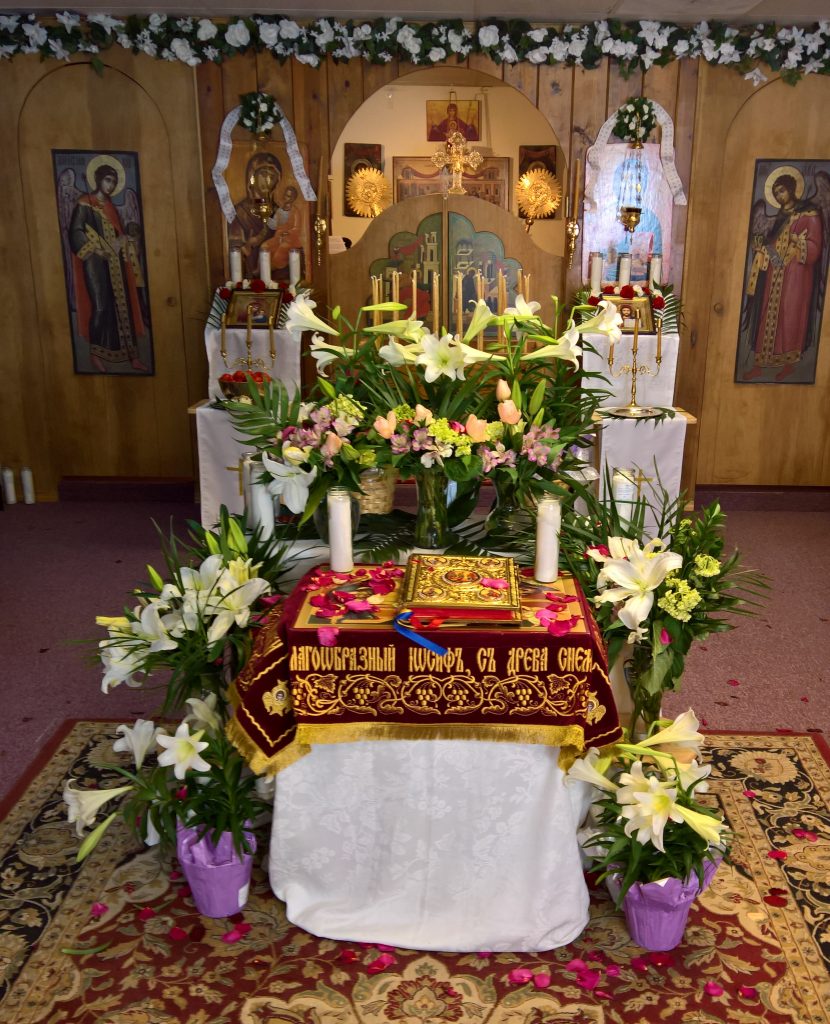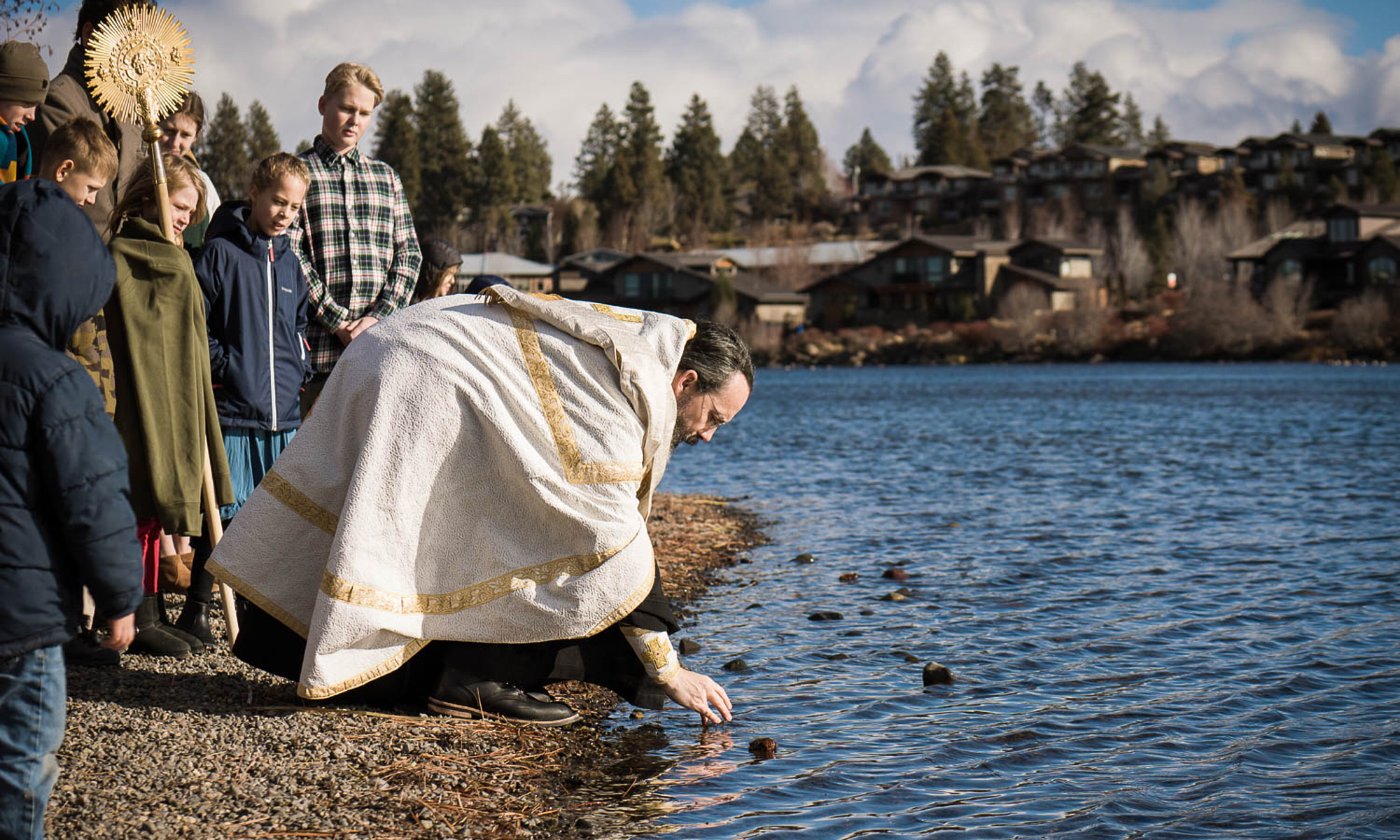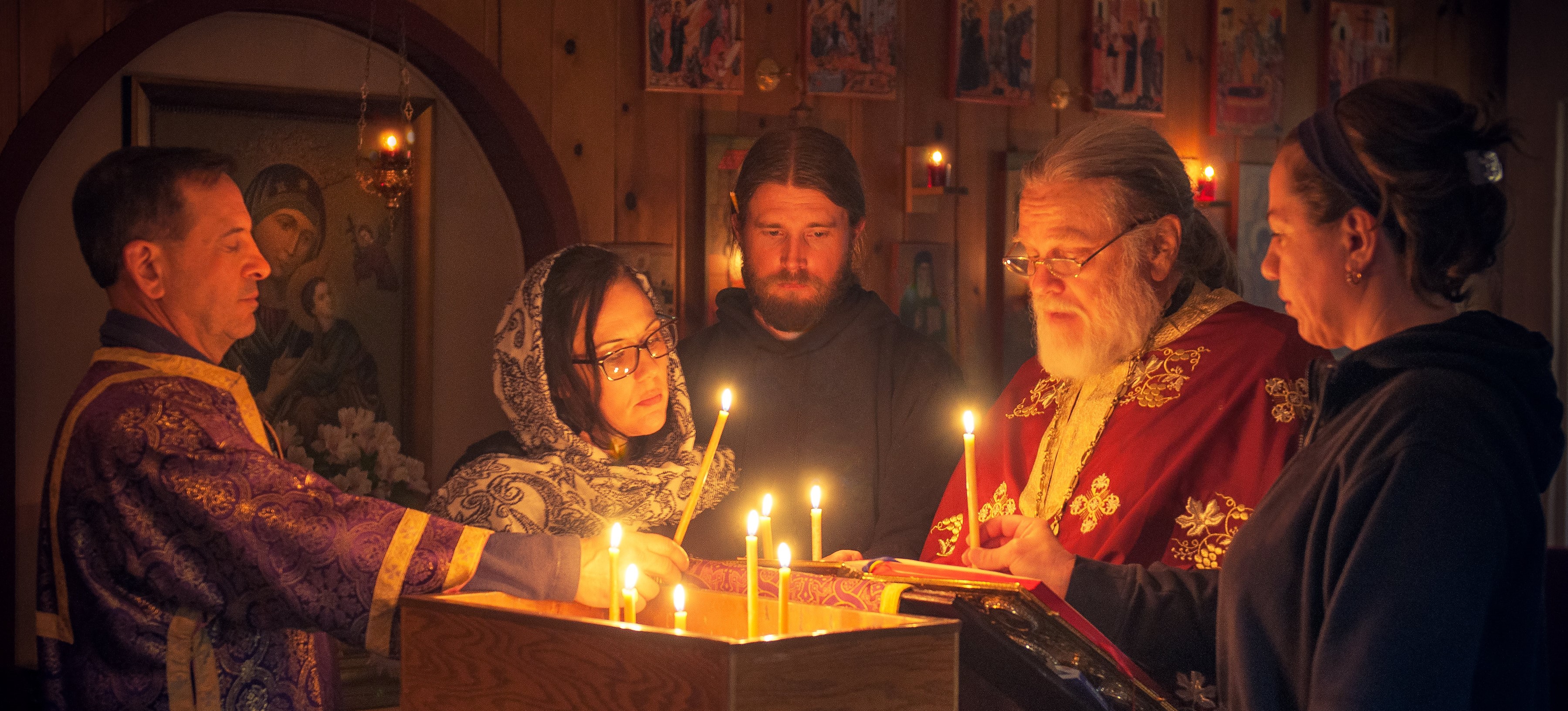After the 40-day Fast, Holy Week and the Glorious Resurrection, we look forward to celebrating the Paschal season of our Lord’s Triumph over death. No longer bound by sin, all mankind has the promise of Life Eternal. It is now up to each of us to grow in Faith. And looking to the wonderful legacy give us by the Holy Church, we turn to celebrating the ‘Fifty Days of Sundays’, that is the time from now to Pentecost. It was at the Council of Nicaea, the Church formally determined that Pascha should always be observed on a Sunday, that determination necessarily affected the final day of Pentecost. Thus, beginning and ending on a Sunday, the whole fifty days of Pentecost began to take on some of characteristics associated with Sunday, the day of the Lord’s Resurrection.
This adjustment involved two disciplines in particular: the fast days and the posture of prayer. First, because the entire fifty days of the Paschal season was a celebration of the Lord’s Resurrection, Christians began to observe that interval as a non-fasting period. That is to say, from the fourth century on, Christians started to omit the traditional observance of Wednesdays and Fridays as fast days; all fifty days were fast-free. St. Ambrose, in his commentary on the Gospel of Luke, explained:
“During these fifty days the Church knows no fasting, just as on Sunday, because all these days are like Sundays.”
Second, Christians of the late fourth century began to stand to pray, all through the fifty days of the Paschal season, exactly as on Sundays. St. Basil had made the point earlier, in his treatise On the Holy Spirit:
“We pray standing on the first day of the week, but not all of us know the reason. On the day of the Resurrection we remind ourselves of the grace given to us by standing at prayer, not only because we are risen with Christ and are bound to seek those things which are above, but also because that day seems to us to be, in some way, an icon of the age which we look for.”

